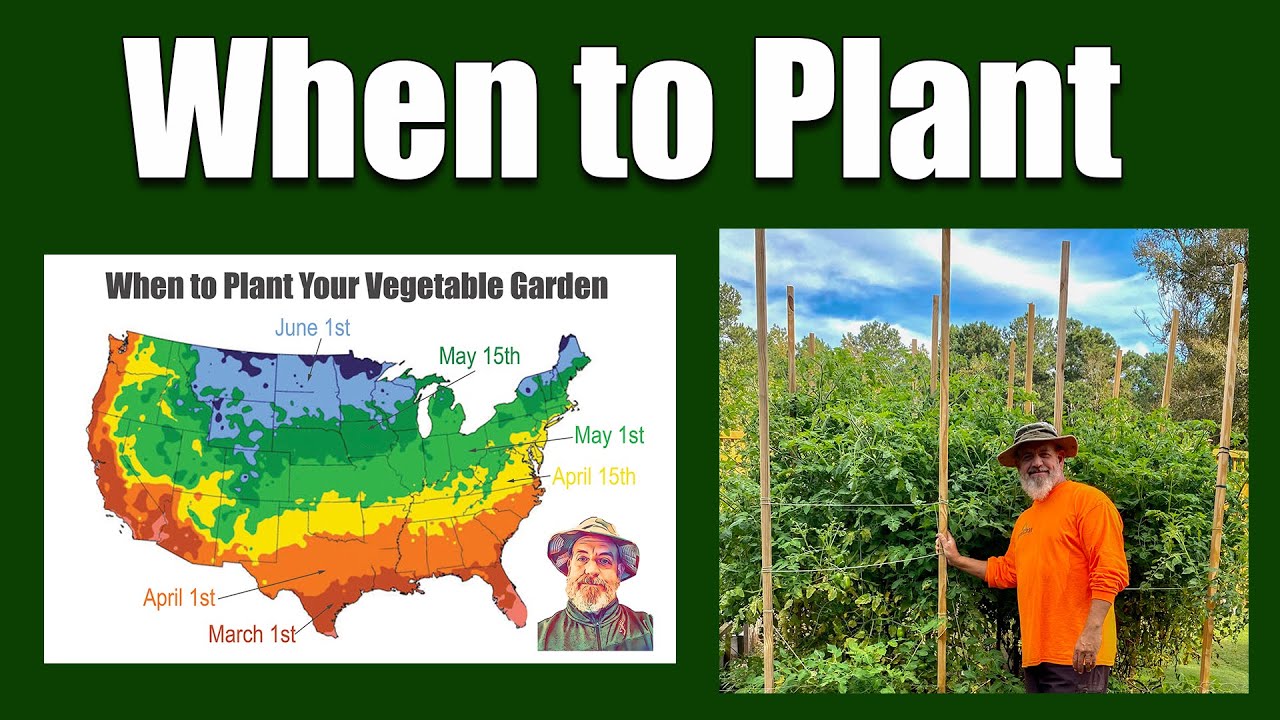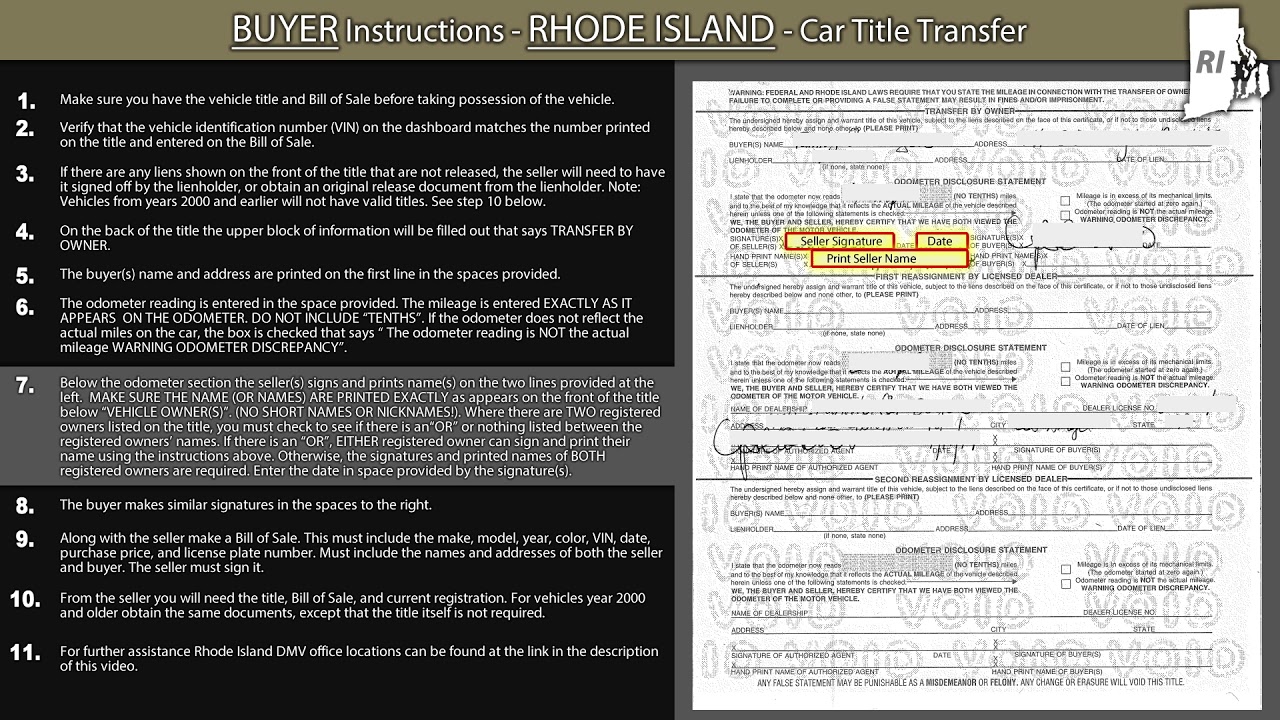Introduction to Planting in Rhode Island
Planting in Rhode Island requires careful consideration of the climate and various factors that affect the success of plants. The ideal time for planting varies depending on the type of plant, as well as the region within Rhode Island. Understanding the climate and considering factors such as temperature, frost dates, and soil conditions are crucial for maximizing planting success. In this article, we will explore the best times to plant various types of plants in Rhode Island, including trees, shrubs, flowers, vegetables, herbs, and perennials. By following these recommendations, gardeners and enthusiasts can ensure their plants thrive in the diverse conditions of Rhode Island.
Understanding the Climate of Rhode Island
Rhode Island experiences a humid continental climate, characterized by hot summers and cold winters. The state is located in USDA hardiness zones 5b to 7a, which means it is suitable for a wide range of plants. However, the coastal areas of Rhode Island have a more moderate climate due to the influence of the Atlantic Ocean. The average annual precipitation in Rhode Island is around 48 inches, and frost can occur from October to May. It is essential to consider these climatic factors when determining the ideal time for planting in Rhode Island.
Factors Affecting Planting Time in Rhode Island
Several factors impact the planting time in Rhode Island. First and foremost, understanding the last and first frost dates is crucial. The last frost typically occurs around mid-May, while the first frost can occur as early as mid-October. This information helps gardeners plan their planting schedules accordingly. Additionally, soil temperature is vital, as seeds and plants require specific soil temperatures to germinate and grow successfully. Soil moisture, light availability, and wind exposure are other factors to consider when determining the optimal planting time.
Best Time to Plant Trees in Rhode Island
The best time to plant trees in Rhode Island is in the early spring or late fall. Planting trees during these seasons allows them to establish their root systems before the hot summer or freezing winter temperatures. Spring planting should be done after the danger of frost has passed, while fall planting should be completed at least six weeks before the first frost. In general, trees with larger root balls or balled-and-burlapped trees are best planted in the fall, while container-grown trees can be planted throughout the growing season.
Ideal Time for Planting Shrubs in Rhode Island
Shrubs can be planted in Rhode Island during the spring or fall, similar to trees. Early spring planting, when the soil is workable but not waterlogged, allows shrubs to establish roots before the summer heat. Fall planting, generally from late August to mid-September, is also suitable as it provides ample time for root establishment before winter. It is important to water newly planted shrubs adequately and mulch around them to retain moisture and protect against temperature fluctuations.
When to Plant Flowers in Rhode Island
Flower planting in Rhode Island largely depends on the type of flower. Hardy annuals and perennials can be planted in early spring, after the last frost date. Tender annuals, such as impatiens or marigolds, should be planted after the danger of frost has passed and the soil has warmed up. However, it is crucial to note that some flowers, like bulbs, are best planted in the fall for a vibrant display in the following spring or summer. Gardeners should check specific plant requirements to determine the most suitable time for planting flowers in Rhode Island.
Timing Your Vegetable Garden Planting in Rhode Island
Vegetable planting in Rhode Island requires careful timing to ensure a bountiful harvest. Cool-season vegetables, such as lettuce, spinach, and peas, can be planted in early spring, as soon as the soil can be worked. Warm-season vegetables, including tomatoes, peppers, and cucumbers, should be planted after the danger of frost has passed and the soil has warmed up. It is recommended to start seeds indoors or in a greenhouse a few weeks before the last frost date to give them a head start. As with flowers, some vegetables can be planted in the fall for a late-season harvest.
Recommended Planting Dates for Rhode Island Crops
The following planting dates are recommended for various crops in Rhode Island:
- April: peas, spinach, lettuce, radishes
- May: beets, carrots, chard, broccoli, cabbage
- June: cucumbers, melons, peppers, tomatoes
- July: second planting of beans, corn, squash
- August: fall crops such as kale, collards, and turnips
These dates are approximate and may vary depending on the specific microclimate within Rhode Island. It is advisable to consult local gardening resources or cooperative extension services for precise planting dates.
Considerations for Herb Planting in Rhode Island
Herbs can generally be planted in Rhode Island after the last frost date. Popular herbs such as basil, parsley, and dill thrive in warm temperatures and should be planted in late spring. Perennial herbs like rosemary, thyme, and sage can be planted in early spring or fall. It is important to provide well-drained soil and sufficient sunlight for herb growth. Regular pruning and harvesting will promote healthy herb growth throughout the season.
Timing Your Perennial Plantings in Rhode Island
Perennials are plants that come back year after year, and proper timing of their planting is critical for their long-term success. Early spring and early fall are the ideal times for planting perennials in Rhode Island. Planting in early spring allows the roots to establish before the heat of summer, while fall planting enables the plants to establish roots before winter and benefit from the soil’s residual warmth. It is essential to water perennials adequately after planting and mulch around them to conserve moisture.
Sowing Seeds: Optimal Time for Planting in Rhode Island
The optimal time for sowing seeds in Rhode Island varies depending on the type of plant and whether it is a cool-season or warm-season crop. Cool-season crops, such as lettuce, radishes, and peas, can be sown as soon as the soil can be worked in early spring. Warm-season crops, including beans, corn, and squash, should be sown after the danger of frost has passed and the soil has warmed up. Starting seeds indoors a few weeks before the last frost date can give plants a head start. Seed packets usually provide specific instructions on the best time for sowing particular plants.
Conclusion: Maximizing Planting Success in Rhode Island
Maximizing planting success in Rhode Island involves understanding the climate, considering various factors such as frost dates and soil conditions, and planting at the appropriate times for different types of plants. By following the recommended planting dates for trees, shrubs, flowers, vegetables, herbs, perennials, and seeds, gardeners can ensure optimal growth and thriving gardens. It is also important to monitor local weather patterns and consult resources specific to Rhode Island to adjust planting schedules accordingly. With proper timing and care, gardeners can enjoy a flourishing and vibrant landscape in Rhode Island.





